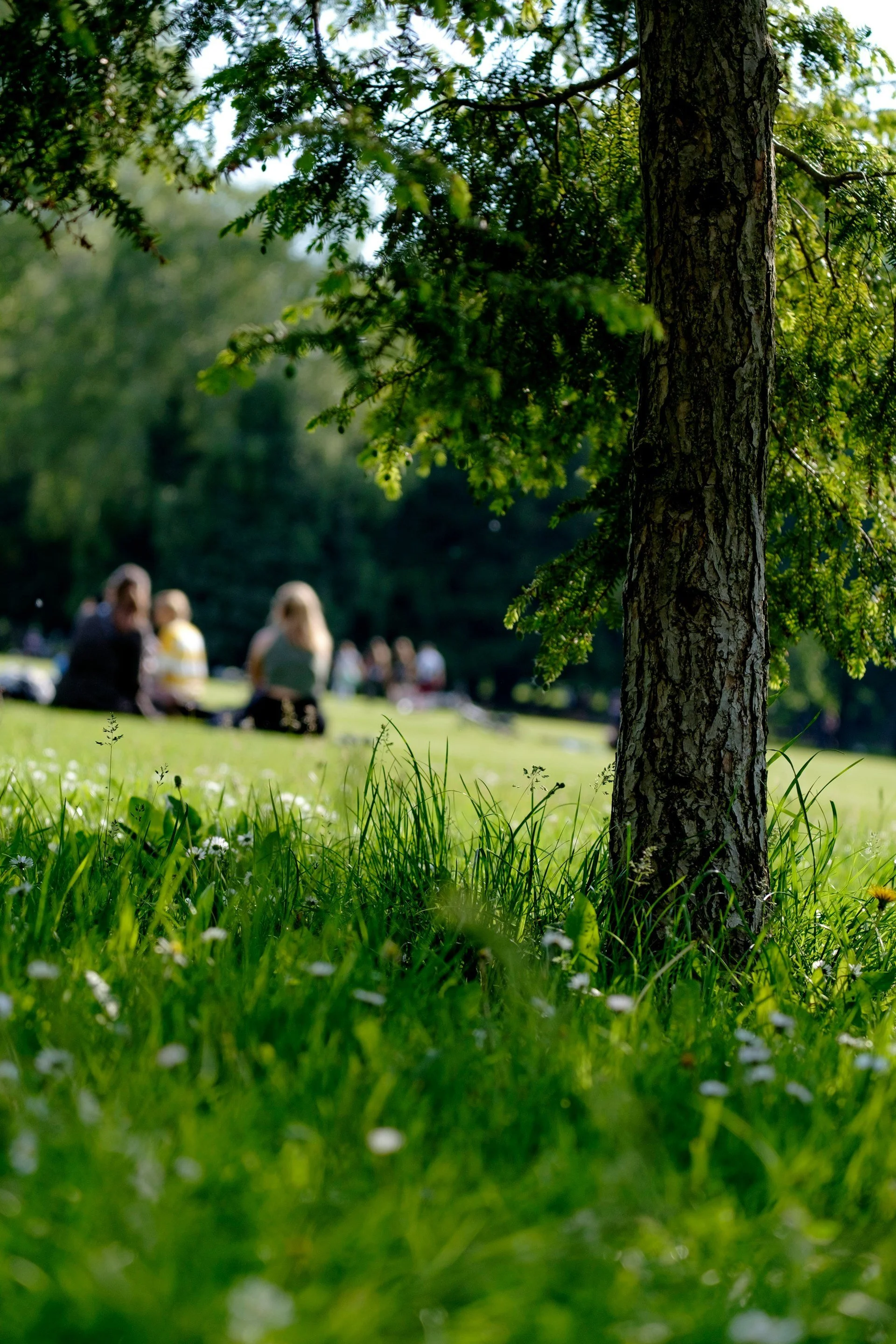Planting the seeds of prevention: How green spaces can transform public health
It’s long been known that green spaces can improve our wellbeing, but in today’s post Rongbin Xu, Tingting Ye and Yumin Guo, all of the Climate, Air Quality Research (CARE) unit at Monash University, share their research which demonstrates the emerging understanding of how green spaces protect our physical health as well. Such findings point to the importance of green spaces as planning and policy priorities.
More of this please! Urban green spaces give so much back to population-level health and wellbeing. Photo by Krisztina Papp on Unsplash
In our cities, parks are often seen as luxuries—nice to have, but not essential. But what if green space was one of the most powerful tools we have to improve public health?
In the past few years, our Monash Climate, Air Quality Research (CARE) unit have been examining how green (and blue) spaces—like parks, trees, and waterways—impact human health. Across four recent studies, we've found that nature doesn’t just make us feel better. It protects us, from before we’re born to our final years. And these findings carry critical implications for how we design our cities and allocate resources.
Green neighbourhoods slow biological ageing
In one of our studies, published in Environmental Health Perspectives, we found that women living in greener areas appear biologically younger than their peers. Using a sophisticated DNA-based marker of ageing measured in about 500 Australian women, we found that for every 0.1 increase in the vegetation index (a measure of greenness) within 500 meters of homes, their biological age was 0.31 years younger. This is equivalent to a 3% reduction in all-cause mortality. Our findings were confirmed by a following study conducted in 924 US adults. These studies suggest that urban greening isn’t just about aesthetics or recreation. It can make you biologically younger and potentially extend your life.
Green spaces reduce Heat-Related Mortality
With climate change bringing more frequent heatwaves, finding ways to protect public health is crucial. Our recent study published in The Lancet Planetary Health investigated the global impact of greenness on heat-related deaths. It analyzed data from 11,534 urban areas and found that increasing greenness by 10%, 20%, or 30% could decrease heat-related deaths by 27%, 32%, and 37%. This means that more green spaces could save lives by cooling our cities and reducing the impact of extreme heat in a warming climate.
Green space protects unborn babies from heat
Pregnant women are particularly vulnerable to heat exposure, which can increase the risk of preterm birth. We conducted a large cohort study in Sydney, Australia, published in JAMA Pediatrics, analyzed over 1.2 million births. It found that daily extreme heat and nighttime extreme heat exposure during the third trimester can increase the risks of preterm birth by 61% and 51%, respectively. However, living in greener areas mitigated this risk. Higher greenness was associated with lower odds of preterm birth, and increasing greenness could reduce heat-related preterm births by up to 20.9%.
Planning matters: not all green space is created equal
Our fourth study asked a key question: what types of green infrastructure work best to reduce heat-related health risks? This study, published in Environmental Health Perspectives, showed that different types of green have varying effects on reducing heat-related mortality: green spaces like forests, parks, nature reserves, and street greenery can effectively mitigate heat-related mortality, but the benefits of grasses, farms, and scrubs are quite limited. This suggests that urban planners need to consider the specific types of green spaces when designing cities to maximize health benefits.
What this means for good policy
These studies provide compelling evidence for the health benefits of green spaces and highlight the need for policies that promote their creation and preservation. Here are some key policy implications:
Increase Urban Green Spaces
Cities should prioritize the development and maintenance of parks, gardens, and other green areas. This not only beautifies our cities but also improves public health by slowing ageing, reducing heat-related deaths, and protecting pregnant women from preterm birth risks.Targeted Planning for Green Spaces
Since different types of green spaces have different impacts, urban planners should design spaces that are most effective for their local climates and populations.Heat Mitigation Strategies
As heatwaves become more common due to climate change, green spaces can act as natural air conditioners, cooling cities and protecting residents from heat-related illnesses and deaths. Policies should integrate green spaces into urban design as a key strategy for heat mitigation.Public Health Focus
Policymakers should recognize the health benefits of green spaces, especially for vulnerable groups like pregnant women, the elderly, and those with chronic illnesses. Green spaces should be considered an essential part of public health infrastructure.Equitable Access to Green Spaces
Green spaces must be accessible to all communities, not just affluent areas. Ensuring equitable distribution can help reduce health disparities, as lower-income neighbourhoods often face higher exposure to heat.
The big picture: Greener cities, healthier futures
Green spaces are not just pleasant to look at—they are essential for our health and wellbeing. From slowing biological ageing to reducing heat-related deaths and protecting pregnant women, the benefits are clear. By supporting policies that promote green urban environments, we can create healthier, more resilient cities for everyone. It’s time to recognize green spaces as a vital part of public health and urban planning.
Planting trees is planting prevention.
Rongbin Xu currently holds a VicHealth Postdoctoral Research Fellowship which is mapping the health impacts of extreme heat and bushfire smoke across Victoria. His views may not reflect the position of VicHealth.
Posted by Susan Maury (@SusanMaury)

